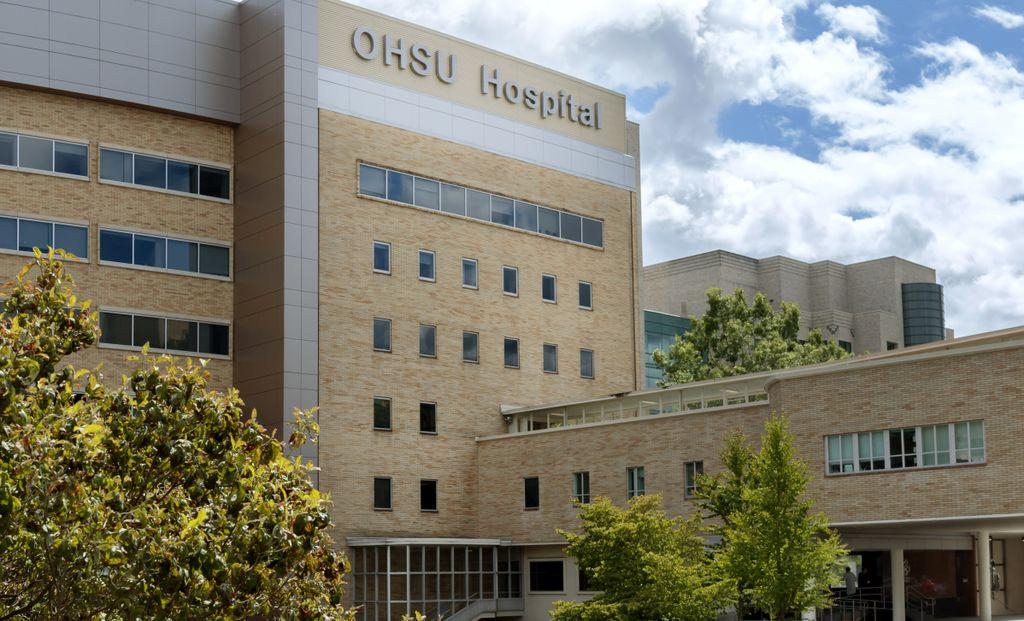
Three times Pulitzer Prize winner Thomas Friedman wrote, “Big breakthroughs happen when what is suddenly possible meets what is desperately needed.” The Oregon health care enterprise has arrived at such a historic moment. The proposed merger of Legacy Health by Oregon Health and Science University (OHSU) has been a focus of much important public discussion since the two health care systems announced their intention to combine in 2023.
Recently, prominent voices have expressed concerns that such a merger could result in higher costs and less choice for Oregonians. As pediatricians and parents, we offer an alternative perspective: that of subspecialty pediatric providers caring for some of our state’s most complex and vulnerable children. We regard the proposed merger between Legacy Health and OHSU as an unprecedented, once-in-a-generation opportunity to dramatically improve the quality of care for Oregonians, including the children entrusted to us that will resonate for their lifetimes.
Many of the children and babies we care for are born with heart conditions that require complex, high-risk cardiothoracic surgery to survive. The success of these operations require the support of a highly skilled multidisciplinary team of surgeons, anesthesiologists, cardiologists, nurses, perfusionists, and many others.
For this team, like any team, the key ingredient to maintaining high performance is practice. Along the lines of the 10,000-hour-rule popularized by Malcolm Gladwell’s book, “Outliers,” the more an individual or team repeats a complex task the better they are at that task and there exists a minimum threshold of iterations to achieve and sustain excellence.
"We cannot learn from, improve upon, or invest in the care for patients we never see."
We know this to be similarly true in pediatric cardiac care. There is robust evidence that hospitals across the country with higher pediatric cardiac surgical volume deliver superior outcomes at lower cost. Like the 10,000-hour-rule, the Congenital Heart Surgeons’ Society has asserted that there exists a minimum surgical volume required for designation as a comprehensive center.
In Oregon, surgery for children with heart disease is currently performed at two centers: OHSU and Legacy. Most cities of Portland’s size or even larger, such as Seattle, do not require two pediatric cardiothoracic surgical centers.
At both OHSU Doernbecher Children’s Hospital and Legacy Randall Children’s Hospital, less than five miles apart, children with heart conditions are cared for by excellent staff, constantly aspiring to be better and to improve outcomes, but siloed from one another by the two competing health care systems.
As two separate clinical entities, the teams and the patients under their care are deprived of the benefit of consolidated resources, optimized process improvement, and a unified highly functioning team; we cannot learn from, improve upon, or invest in the care for patients we never see.
"We regard the proposed merger between Legacy Health and OHSU as an unprecedented, once-in-a-generation opportunity to dramatically improve the quality of care for Oregonians, including the children entrusted to us that will resonate for their lifetimes."
It is with little doubt we believe that a merger between OHSU and Legacy, with the resulting unification of clinical care in pediatric subspecialty service across the region, would result in improved outcomes for Oregon’s children. Rather than decreasing access to care, a merger between OHSU and Legacy would broaden the scope of care that is available locally.
Moreover, there are numerous examples like congenital heart disease where the united service lines from OHSU and Legacy Health would result in more sustainable, high-quality care for all Oregonians across the age spectrum. If, as Oregonians, we want to optimize the care that we and our children receive today and in the years to come then we must recognize our responsibility in this historic moment and that this is a merger that must happen.
Dr. Patrick Evers is a pediatric cardiologist at Oregon Health and Sciences University where he directs care for children with pulmonary hypertension and cardiomyopathy/heart failure. He is the Director of Cardiac Research in the Division of Pediatric Cardiology with research interests including prematurity and decision science.
Dr. Erin Madriago is a pediatric and fetal cardiologist who specializes in the care of children with heart disease from before birth to adulthood. She has advanced training in cardiac imaging and is the medical director of the pediatric echocardiography laboratory and the fetal cardiology program at OHSU. Her research interests include the developmental origins of health and disease, echocardiographic imaging, and rheumatic heart disease internationally.
